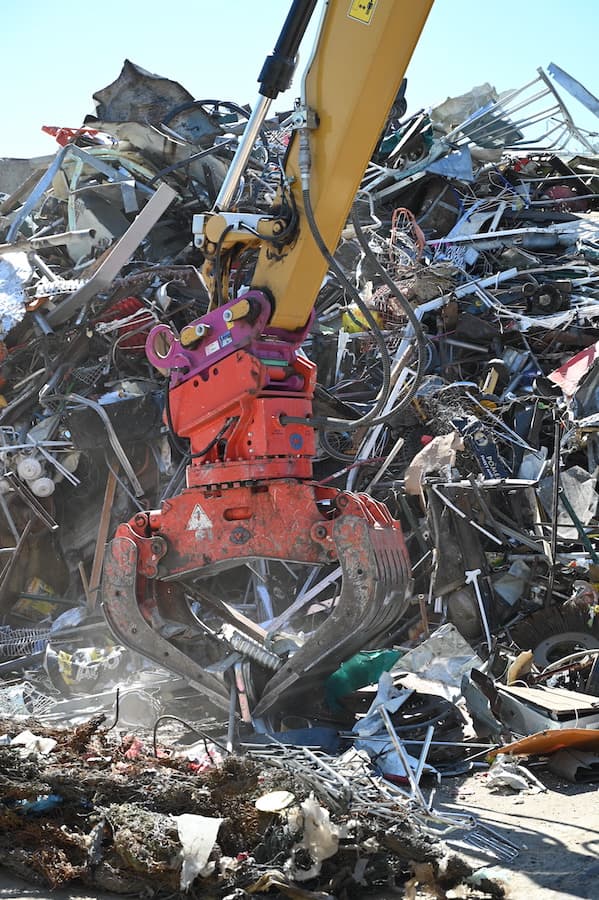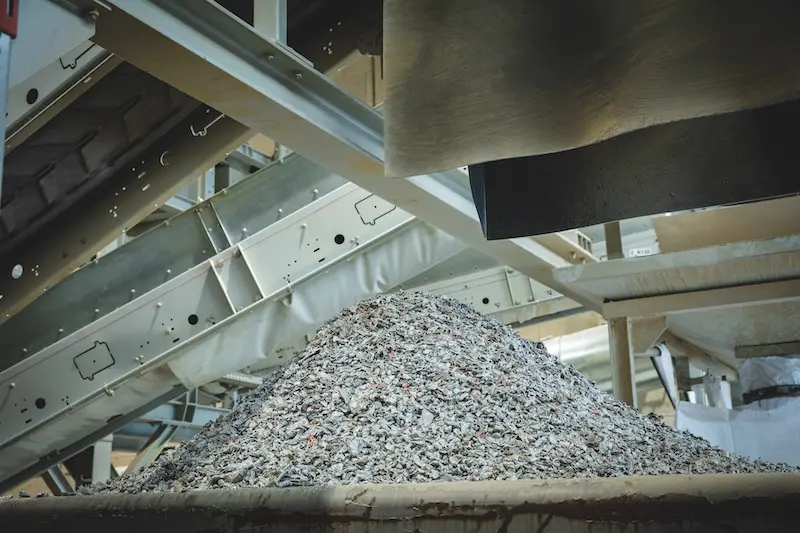Ferrous metals
Ferrous metals: re-use without quality loss
Iron and steel are 100% recyclable. The high economic efficiency results in the entire worldwide scrap volume (580 million tonnes) being recycled. Iron and steel waste, punching and metal cutting waste, ferrous metal packing materials and containers are melted again and again and new products are formed.
1 Ton
Steel scrap saves
environment in total

Steel and stainless steel scrap as permanent raw materials sources
70 % of the steel ever produced is still in use
600 Mio. tons of steel scrap were used for steel production all over the globe in 2017
33,5 % of the global raw steel production was based on secondary raw materials in 2017
23 Bil. tons of steel scrap were recycled since the beginning of steel production
Global steel scrap use in millions of tonnes
Source: www.bvse.de
Shredded iron: A raw material from the recovery process
Theoretically, iron can be melted and reused any number of times without appreciable losses. In this production loop, new products of the same grade and quality are generated again and again. Shredded iron as a secondary raw material is extracted from such metal wares as wrecked cars, large discarded electric appliances and many other items. The majority of the products is shredded steel scrap.
Higher rapidity of steel trade
Trading steel as secondary raw material does pose a few challenges. During storage, steel begins to corrode and weather. Storing and transporting the rather bulky steel parts is comparatively costly in relation to the price of the material. Selling the steel quickly through SECONTRADE holds many advantages.
Thank you!
An error occured!
The user interface of this page is very complex, so it is easier to manage these functions on the desktop. We therefore do not currently offer a mobile-optimised user interface for this page.
Are you sure you want to perform this action?